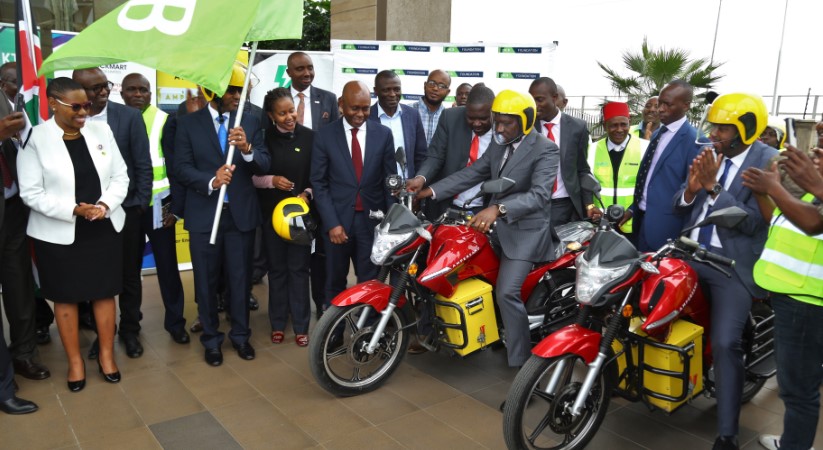The United States International Development Finance Corporation (DFC) has partnered with Mogo, an asset financier, to support the uptake of electric mobility in the country.
Mogo is one of three e-mobility companies in Kenya that have collectively received about Sh3.9 billion, or $30 million, in financing from DFC.
Already, it has invested Kes 3 billion of this funding into expanding its EV financing portfolio, supporting Kenya’s green mobility initiatives by providing zero-emission vehicle financing to individuals and businesses in the transportation sector.
Currently, Mogo’s financing is concentrated on e-bikes and three-wheelers.
Speaking when she visited Mogo’s electric vehicle (EV) showroom in Nairobi yesterday, U.S. Ambassador to Kenya Meg Whitman praised Kenya’s progress in decarbonizing its transport sector.
Did you read this?
“Investing in electric vehicles and motorcycles benefits Kenya in multiple ways,” she said.
“These investments create high-quality jobs for Kenyans in a growing industry, and they are part of an overall strategy to reduce dependence on fossil fuels, modernize the country’s extensive transport system especially in urban areas, and address growing climate crisis concerns.”
Mogo Africa & Asia Chief Executive Officer (CEO) Tomas Sudnius stated that most popular electric bikes use a battery-swapping model, which allows for quick exchanges of empty batteries for fully charged ones within minutes.
“By investing in e-mobility, we aim to not only expand access to economically empower Kenya’s fast growing MSME sector but also mitigate the impacts of global warming by reducing greenhouse gas emissions,” he said.
Over the past five years, Mogo has lent Kes 20 billion for boda boda and motor vehicle loans, providing more than 120,000 Kenyans affordable financial products.
The United Nations Environment Programme estimates that a global transition to electric motorcycles could prevent 11 billion tonnes of carbon dioxide emissions by 2050, saving motorcycle owners a combined Kes 5 trillion due to lower fuel and maintenance costs.









